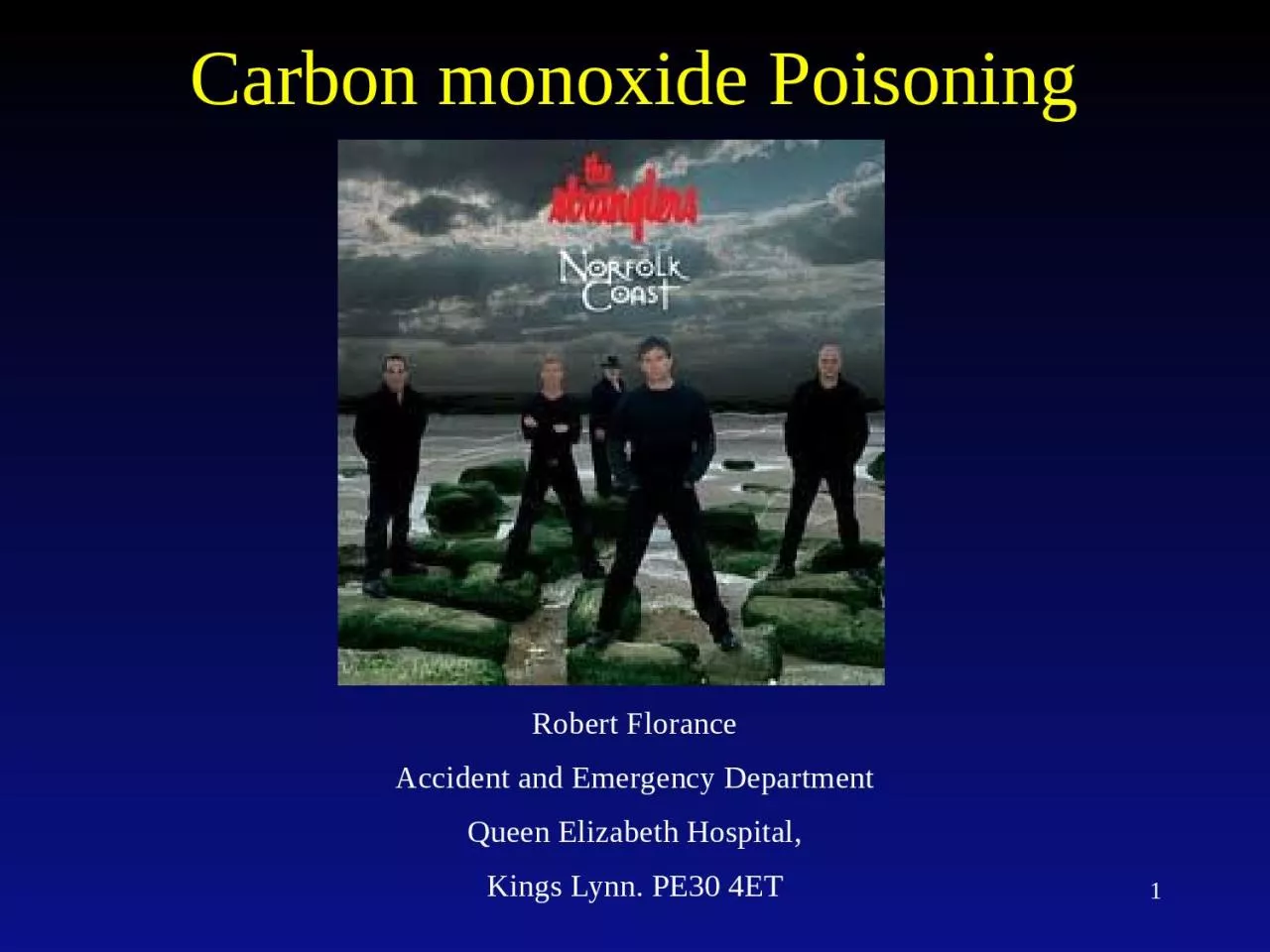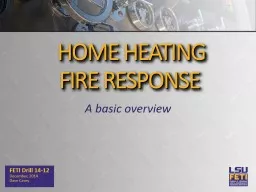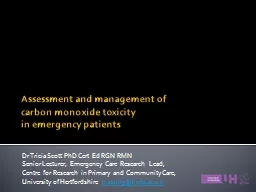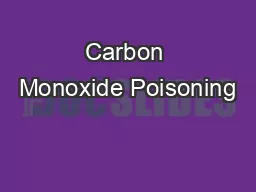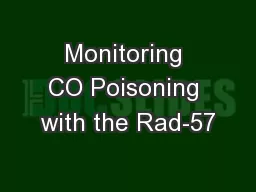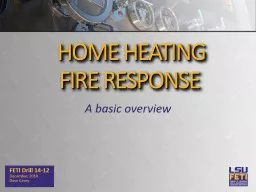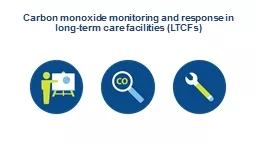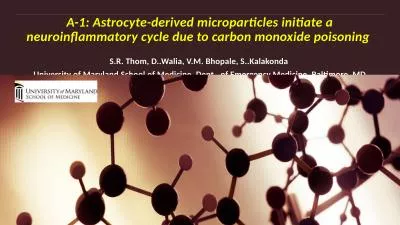PPT-1 Carbon monoxide Poisoning
Author : amey | Published Date : 2022-06-08
Robert Florance Accident and Emergency Department Queen Elizabeth Hospital Kings Lynn PE30 4ET Is everybody safe and well 2 Hope you have enough PPE 3 4 Introduction
Presentation Embed Code
Download Presentation
Download Presentation The PPT/PDF document "1 Carbon monoxide Poisoning" is the property of its rightful owner. Permission is granted to download and print the materials on this website for personal, non-commercial use only, and to display it on your personal computer provided you do not modify the materials and that you retain all copyright notices contained in the materials. By downloading content from our website, you accept the terms of this agreement.
1 Carbon monoxide Poisoning: Transcript
Download Rules Of Document
"1 Carbon monoxide Poisoning"The content belongs to its owner. You may download and print it for personal use, without modification, and keep all copyright notices. By downloading, you agree to these terms.
Related Documents

